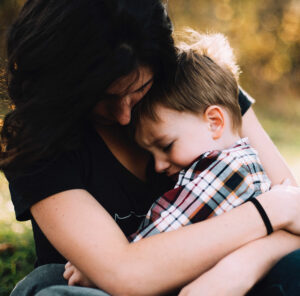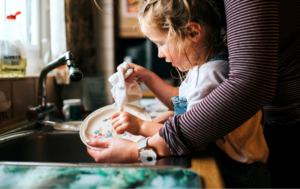Walking is such an important and FUN milestone for parents and families to see their child achieve. Most children will begin to walk somewhere between 12-15 months old, but did you know that a lot that happens when getting ready to walk?
Sitting, crawling and cruising along furniture are skills that younger infants learn to build strength and coordination to help them learn how to explore and get ready to walk.
Signs that they are ready to start trying to walk and take steps include watching them pull up to stand, stand with only a little help from their hands on a table or surface, walking holding onto furniture, and lifting their hands to stand on their own for a little bit.
Here are some things to do along the way to help them out:
- Find a chest high surface to put toys on so they can stand up and play with them.
- Place the coffee table an arm’s reach from the couch so your child can take steps back and forth between them to get toys.
- Help them practice putting toys away by having your child squat down to put them into a bin.
- Have your child stand with their back against a wall and play “sing-a-long songs” like ”head-shoulders-knees-and-toes,” to help them learn how to balance.
Sometimes it may take them a little longer to learn how to walk. Don’t worry and be patient with them. If they’ve reached all of their other developmental skills within a few months of when you would expect, then they may just be having too much fun crawling and cruising! However if you are worried about them, reach out to a physical therapist or let their doctor know and they can help find a physical therapist to check on them.







